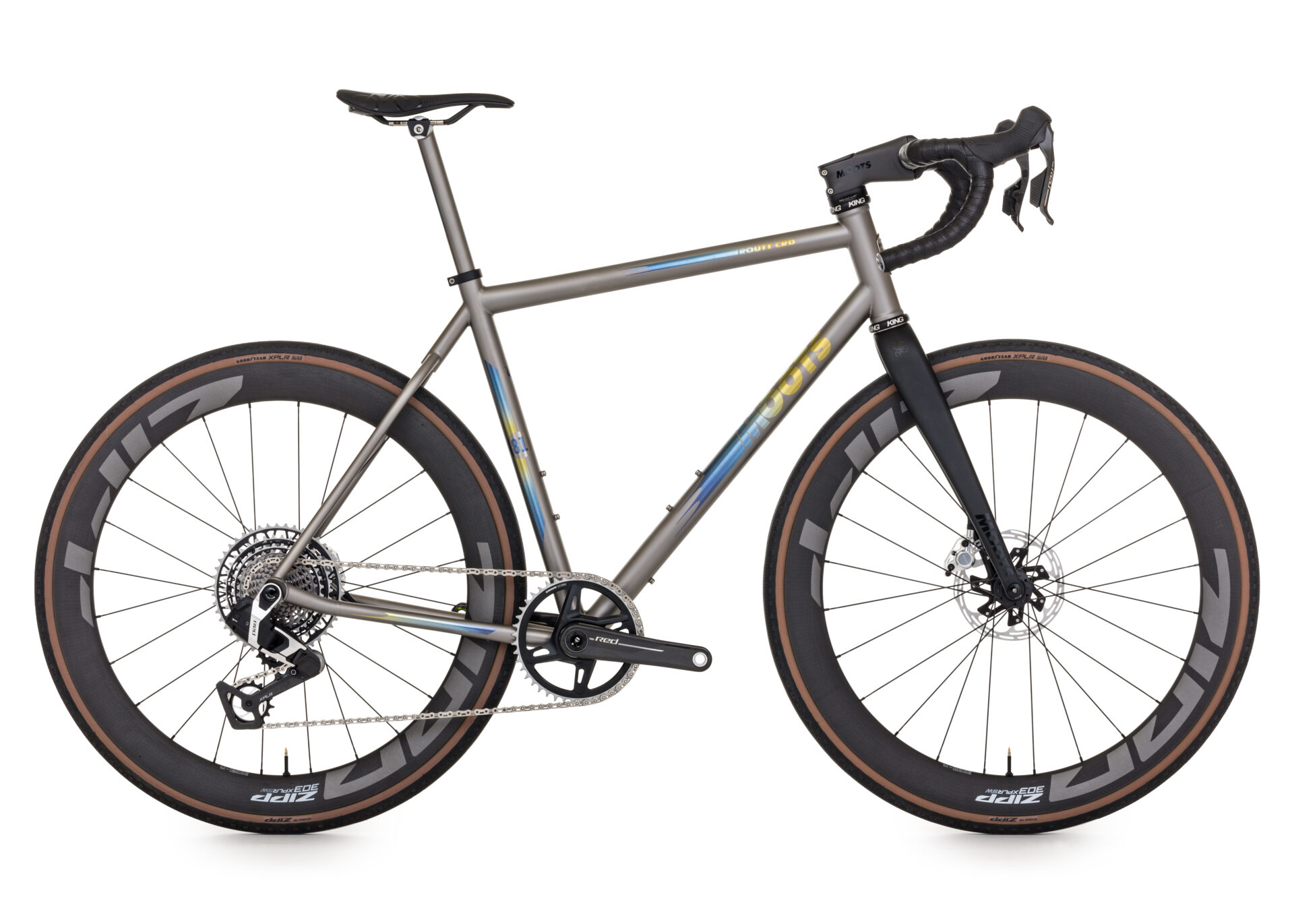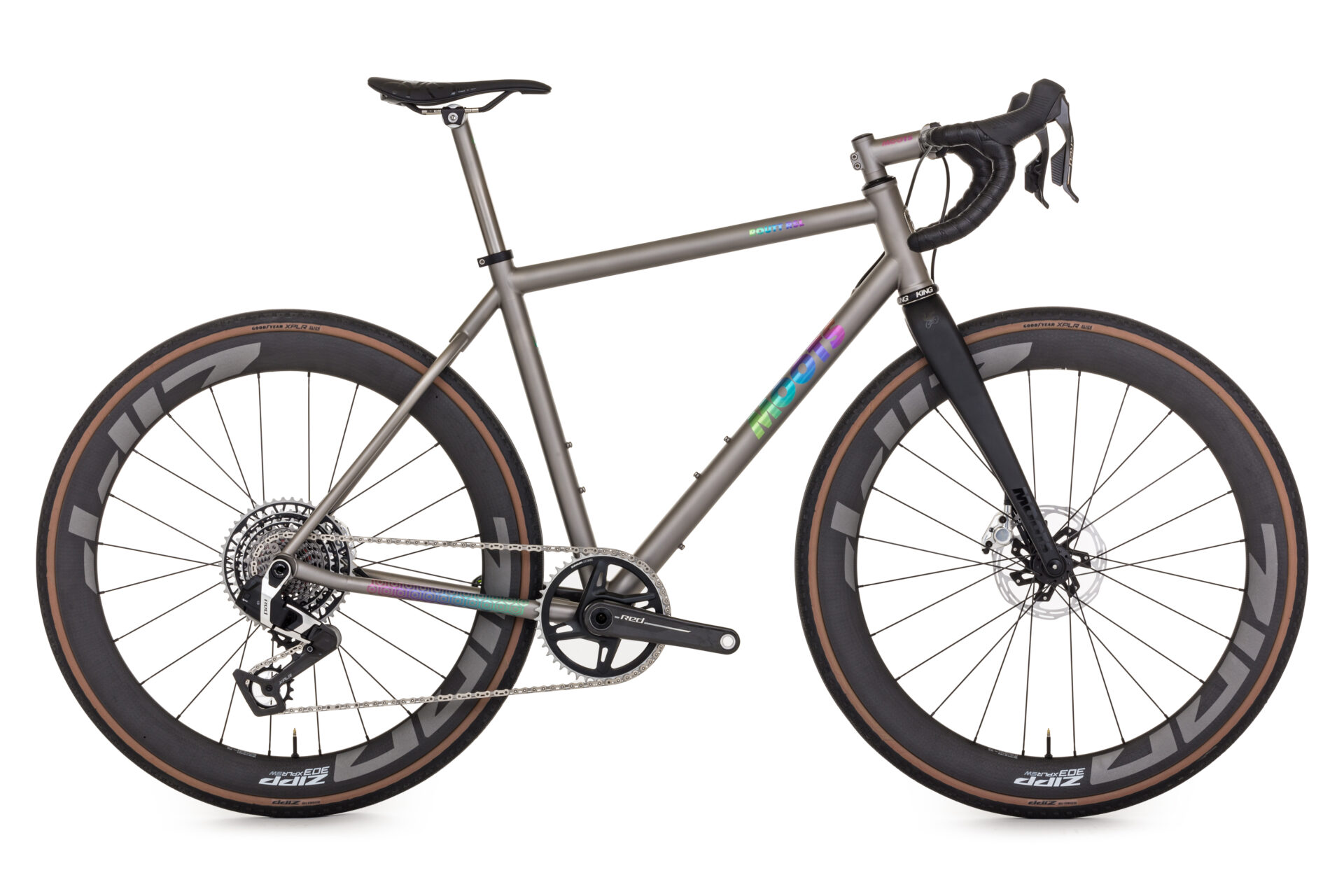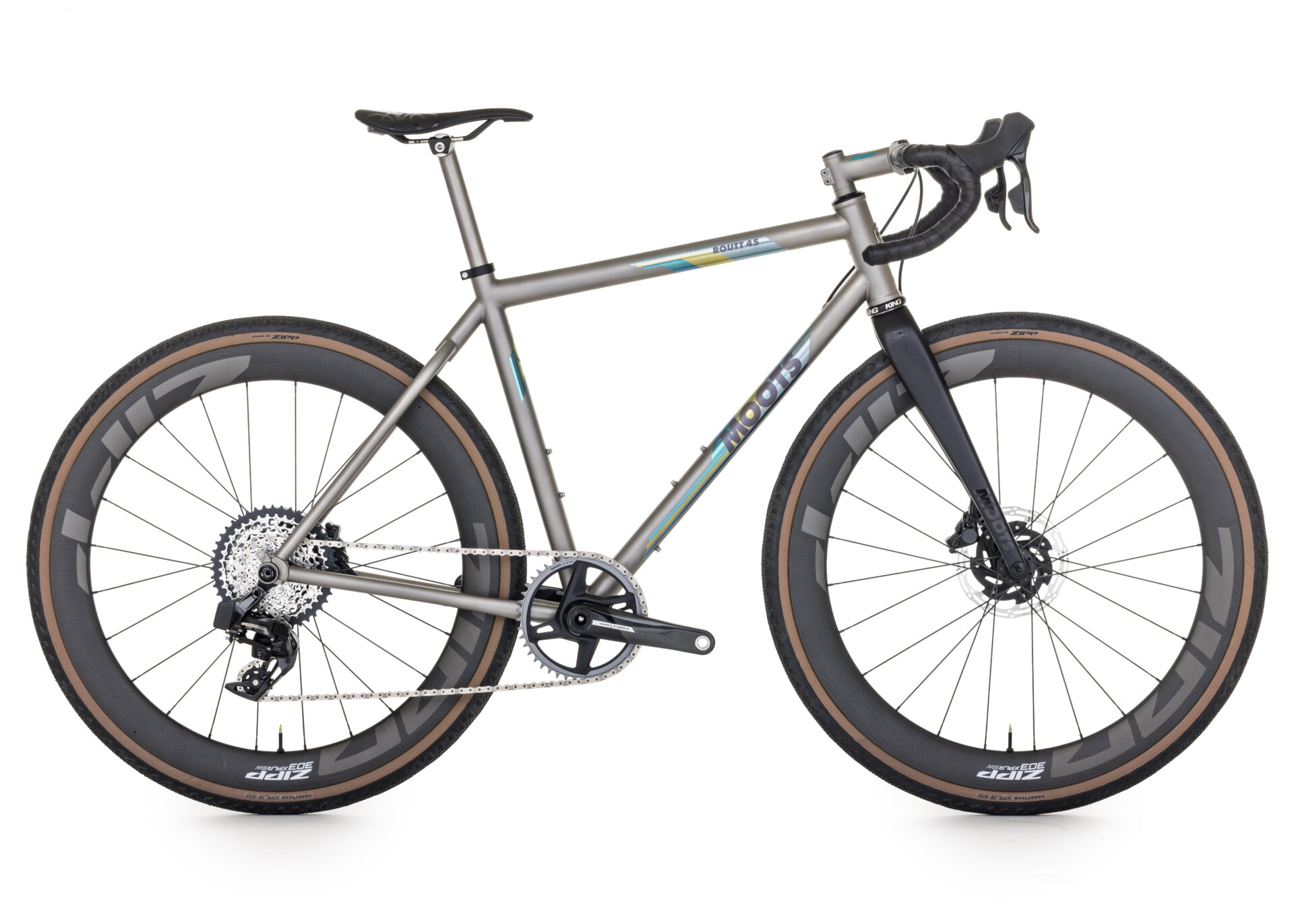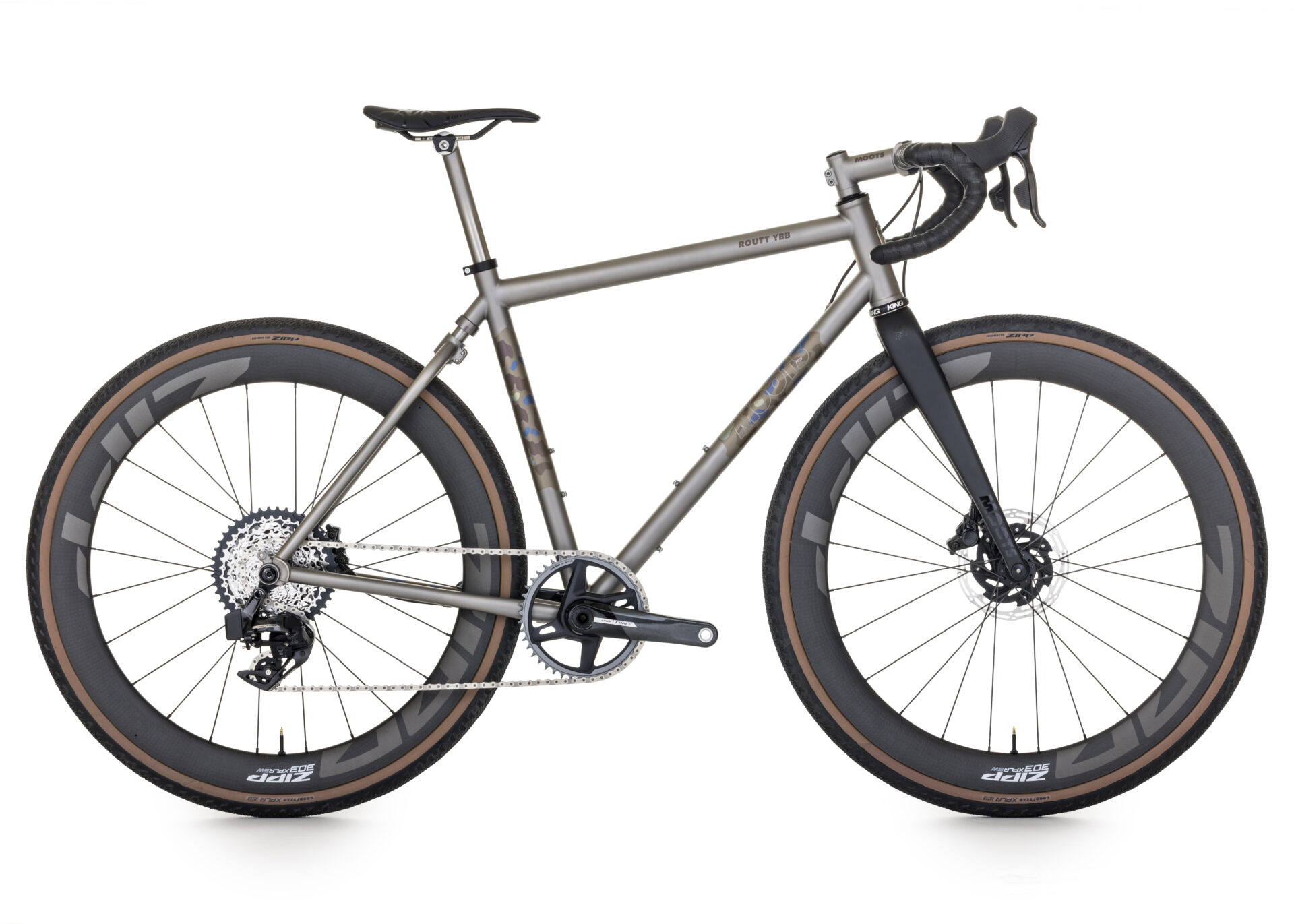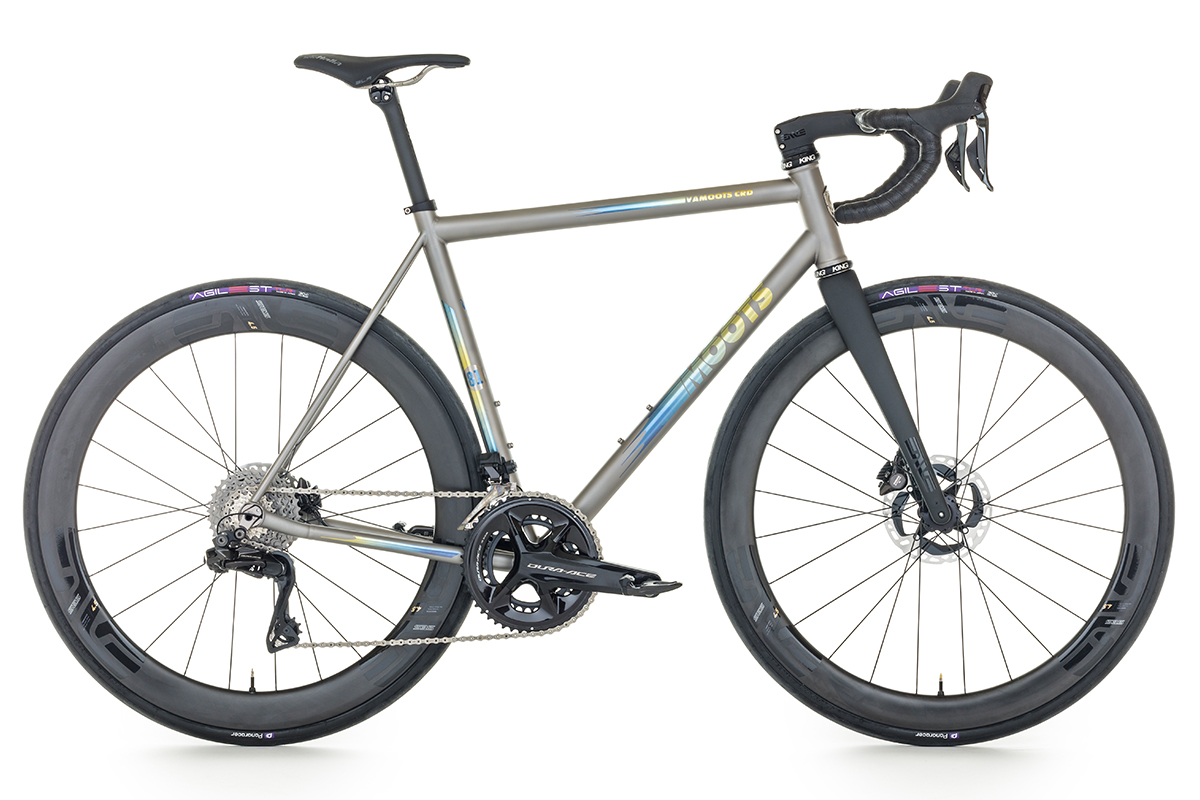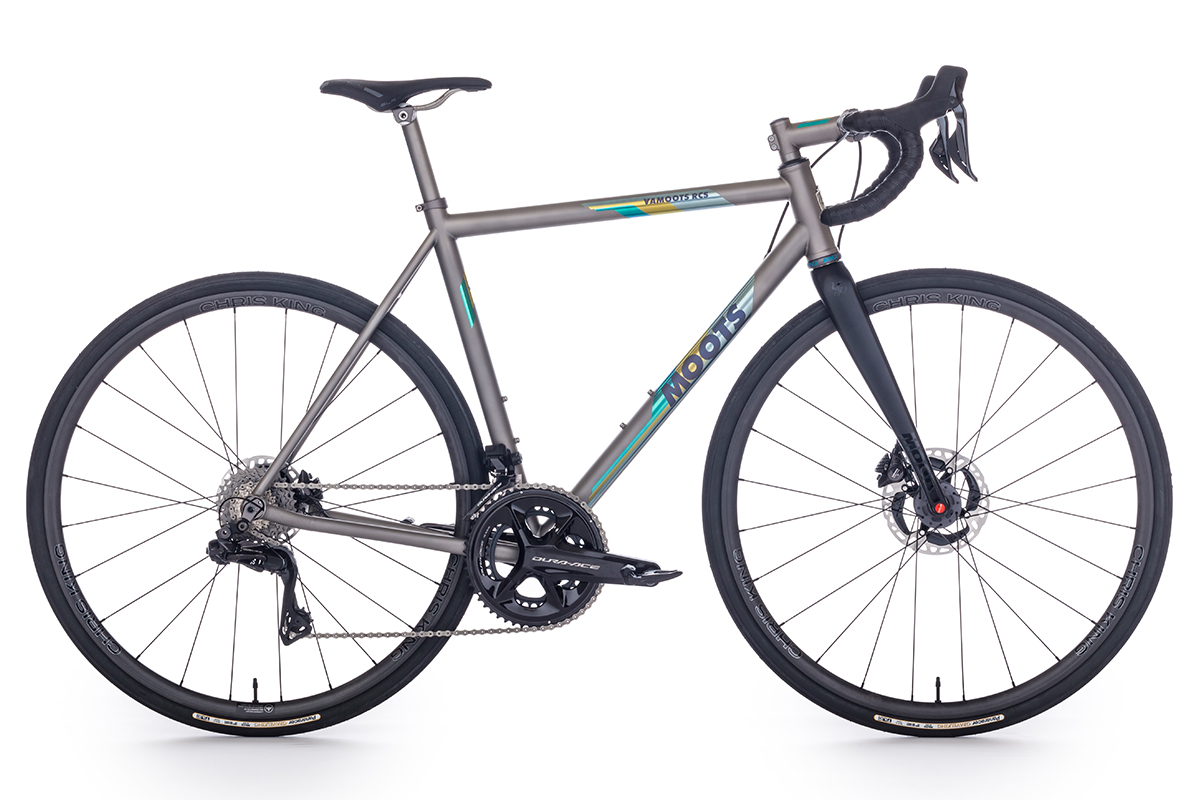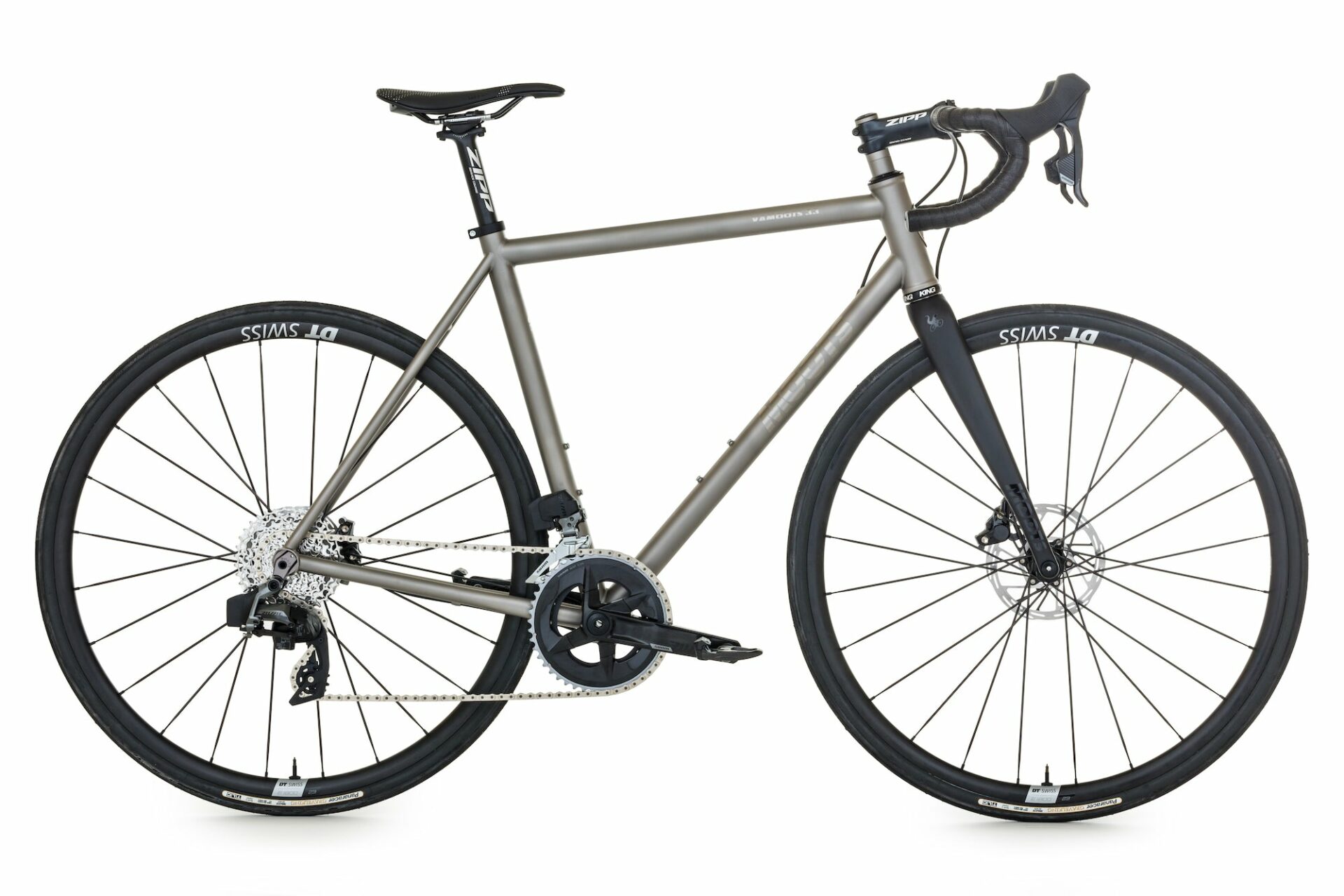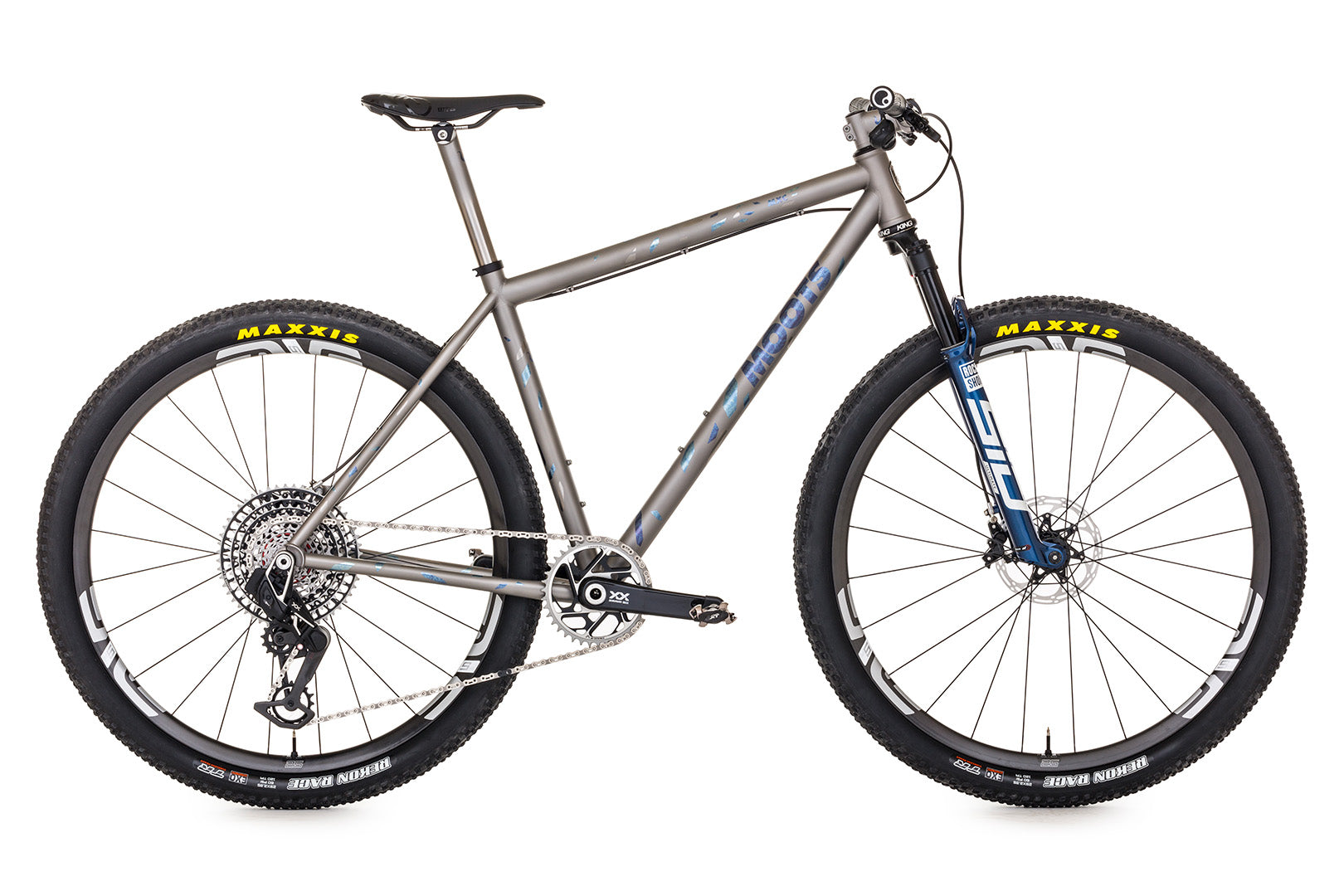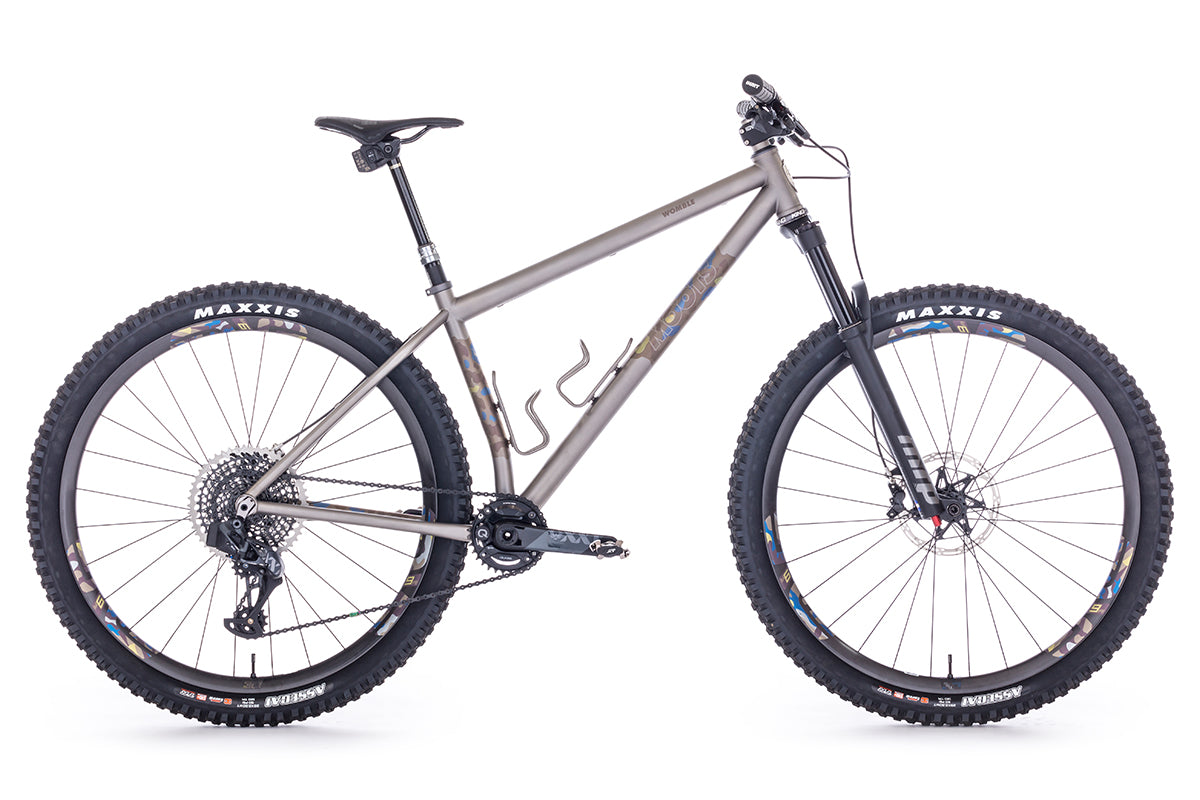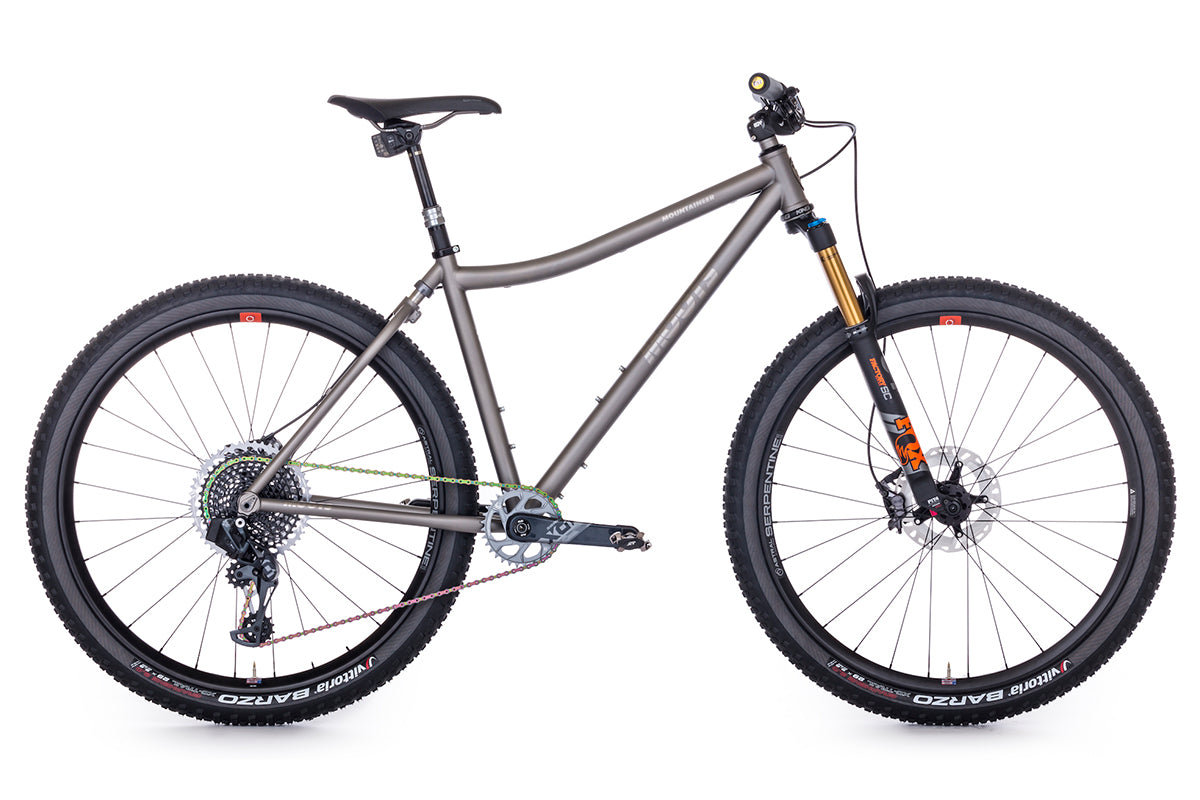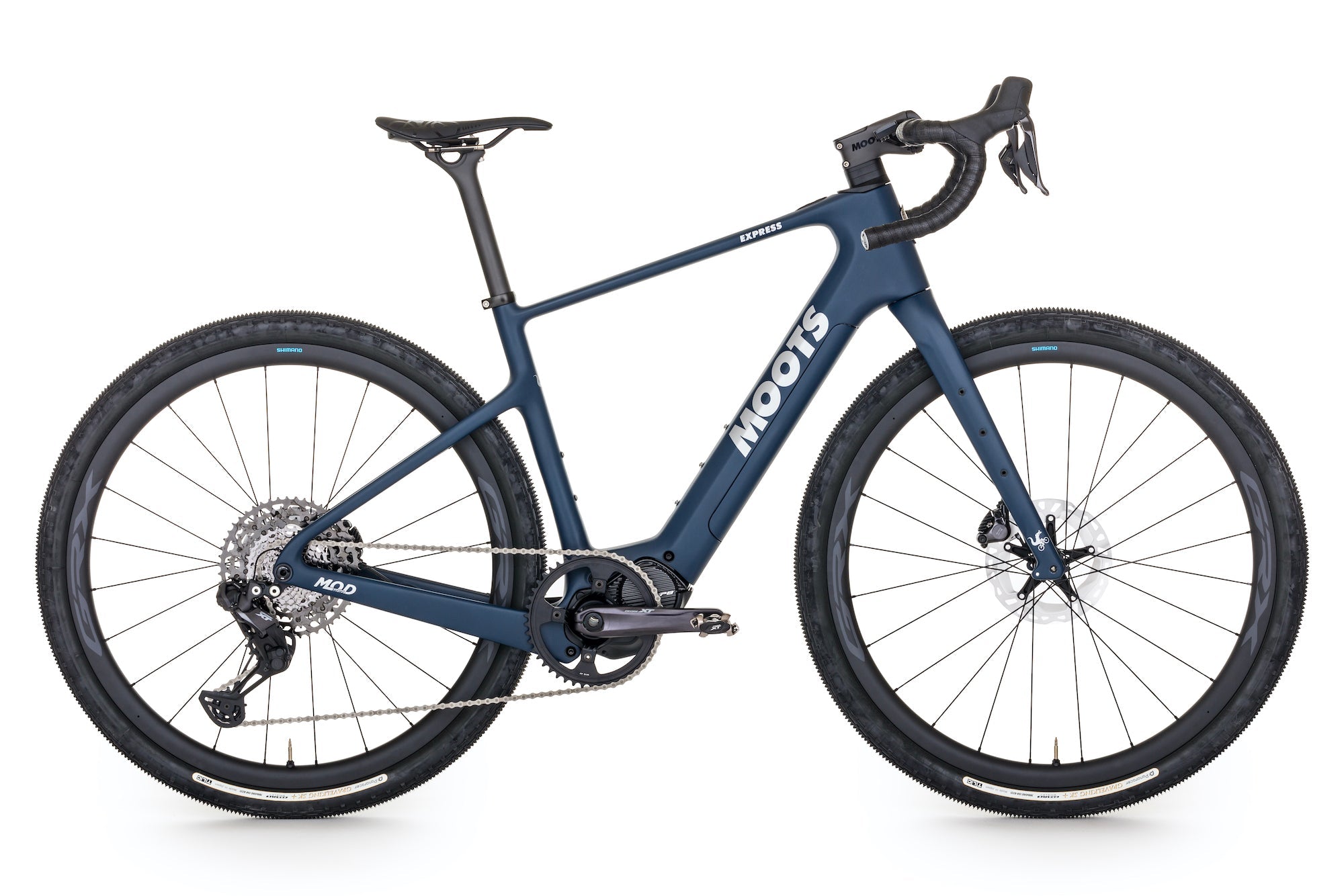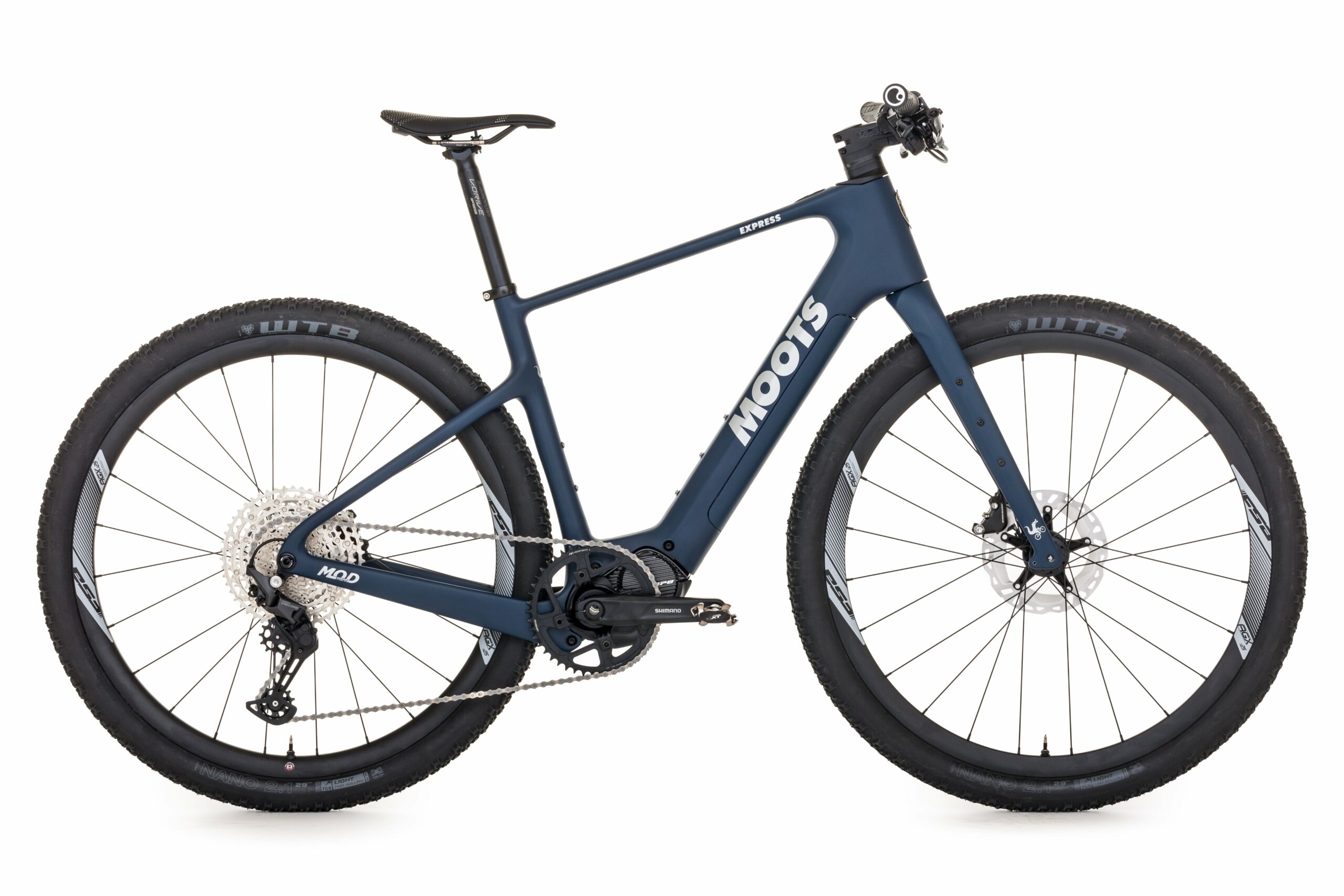In the last couple of years, the ‘cross and road scenes have seen more compact discs than a 1998 dance party. Smaller, drop bar purposed rotors emerged as a growing trend of the past two seasons and advances in technology have made them a more viable option for high-end applications. While early mechanical discs faced numerous problems—including consistency, pad durability and weight—new technology and design mitigates these issues. Last season, Lars van der Haar won the overall world cup title aboard Shimano’s R785 hydraulic system, proving the brakes worthy of the highest levels of competition. Granted he did have multiple bikes and a pit crew to manage the pad eating sand at races like Koksijde, Belgium.
On the road, the major deterrent comes from the highest authority. Edwin Bull, ‘cross racer for and owner of Van Dessel, explains that discs on top level road bikes are only a bureaucratic decision away. “If the UCI allows it [disc brake use] every one will be riding it. It will just be a matter of time. Given that everyone wants to ride what the guys on the WorldTour are riding, if the UCI legalizes it every single Shimano and SRAM sponsored team will be on disc brakes. It might take a year or two but everyone will be on them.” Currently, he believes that recreational riders bene t the most from the increased stopping power and consistency of disc brakes.
In the early days, mechanical actuated disc brakes provided a more powerful alternative to rim brakes during sunny, dry weather. However, because early mechanical discs only utilized one piston for stopping power, the clearance between pad and rotor caused drag when the going got mucky. Additionally, pads did not self adjust and maintain a constant distance from the rotor as pads wore. This led to decreasing stopping power and failure as pads worn too far would bring the lever to the bars. In sandy, wet conditions, this was the major deterrent from using disc brakes.
Hydraulic brakes provide many advantages over the cable actuated discs of the past. e brakes have two pistons, which self adjust and keep centered for consistent braking feel. is keeps the pad-to-rotor distance the same regardless of pad wear. From the rst stop on new pads, to the screeching metal of a clapped-out pair, the feel of lever pull should remain reliable. For this reason too, the braking is far more consistent in wet conditions with hydraulic brakes than mechanical discs or rim brakes.
Hydraulic discs allow for later application of brakes, which equates to more speed. Cornering breaks the battle of attrition during a ‘cross race. Shave a quarter second o each curve and on a 40-turn course, that’s 10 seconds per lap, which becomes 60 to 90 seconds over an hour. Instead of dragging brakes over a longer distance, the ability to hit braking points later allows riders to carry more speed over a longer period since stronger brakes allow for the same deceleration as a weaker rim brake over a shorter distance.
The same holds true during long descents on a road bike. The ability to con dently and consistently hit braking points closer to corners allows for faster descending. Road speci c models and rotor sizes are built to modulate well and nd the perfect balance between stopping power and traction to avoid wheel lock up and loss of control.
Weight remains as an unconquered issue in the improvement of disc brake performance, though decreases in overall mass have made the issue less contentious. The new Shimano R785 rotor and caliper weigh 214 grams, compared with an Ultegra road brake at 173 grams. The levers with hydraulic reservoir weigh 255 grams compared with an Ultegra Di2 lever with mechanical brake actuation that weighs 210 grams. Overall, the hydraulic disc set up accounts for an extra 172 grams for the entire set up. This translates to approximately .38 pounds for the measurement patriots.
The following pages highlight four di erent bikes, built for four separate applications (road, endurance road, cyclocross and adventure riding) that have embraced the bene ts of disc brakes. From carbon and aluminum to titanium and steel, the braking revolution is alive and well across the spectrum of drop bar cycling.
